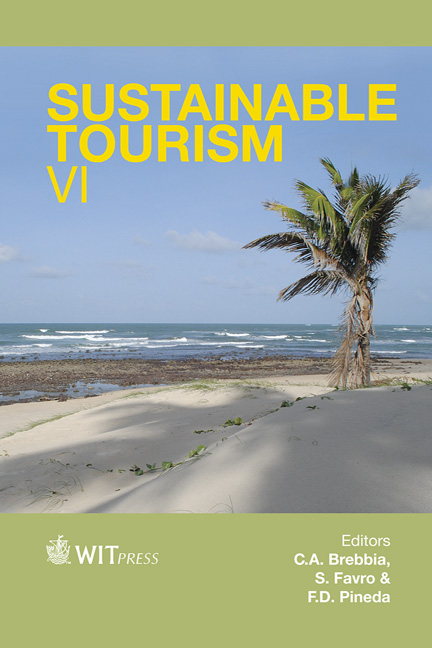The Feedback Between A Tourism Model And Urban Planning In La Manga, A Mass Tourist Destination On The Spanish Coast
Price
Free (open access)
Transaction
Volume
187
Pages
11
Published
2014
Size
2,414 kb
Paper DOI
10.2495/ST140261
Copyright
WIT Press
Author(s)
S. García-Ayllón & J. L. Miralles
Abstract
The urbanization process that shapes the current Mediterranean coast started in Spain with mass tourism, encouraged by the National Law of Tourist Interest Areas in 1963 as a strategic investment. Fifty years after its implementation, it is necessary to conduct a retrospective analysis of the results, for the evaluation of the goals set in the 60s. The evolution of the economic, political and legal parameters show certain deviations from the initial forecasts of many urban plans carried out in coastal places created from scratch. The case of La Manga del Mar Menor is certainly an enlightening example of the results that have been achieved on a mass tourist destination. La Manga, located in the coastal Region of Murcia (south-eastern Spain), is a destination of 250,000 holidaymakers in summer which was a desert dune in the 60s. The study of feedback between a tourist model and urban planning reveals the problems of a tourist product to maintain its attractiveness in the long term. The short-term benefit of second homes versus hotels, the cost of maintaining the locations with high seasonality in demand or the target customer in a tourist destination are elements heavily influenced by urban planning in coastal cities. In this paper, all these elements will be distributed to either side of the balance, in order to evaluate the validity of the La Manga model.
Keywords
tourism strategies, urban planning, La Manga, Mar Menor, National Law of Tourist Interest Areas.





